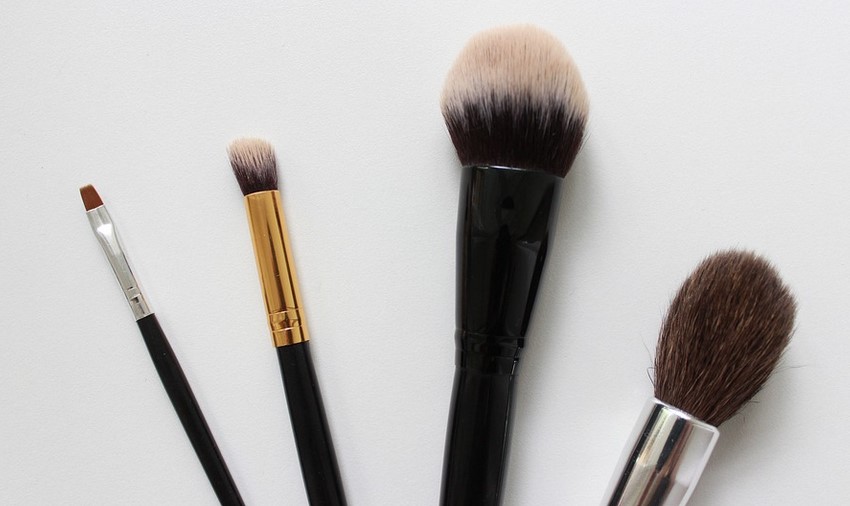Introduction
What are Bee Stings?
Bee stings are the stings caused by bees when they feel threatened. The sting is made up of two parts, the venom sac and the stinger. When a bee stings, the venom sac releases venom into the skin through the stinger, causing pain and swelling.
What Happens When You Get a Bee Sting on Your Eyelid?
Getting stung by a bee on your eyelid can be a painful and uncomfortable experience. The eyelid is a sensitive area, and the sting can cause swelling, redness, and even blurry vision. If you are allergic to bee stings, it can also cause a severe allergic reaction known as anaphylaxis.
Treatment
Remove the Stinger
The first step in treating a bee sting on your eyelid is to remove the stinger. Use a pair of tweezers or your fingernails to gently scrape the stinger out of your skin. Be careful not to squeeze the venom sac, as this can release more venom into your skin.
Wash the Area
After removing the stinger, wash the area with soap and water. This will help to remove any dirt or bacteria that may have entered the wound.
Apply Ice
To reduce swelling and relieve pain, apply a cold compress or ice pack to the affected area. Wrap the ice pack in a towel and hold it against your eyelid for 10-15 minutes at a time.
Take Pain Relievers
If the pain is severe, you can take over-the-counter pain relievers such as ibuprofen or acetaminophen. Follow the instructions on the label and do not exceed the recommended dosage.
Use Topical Creams
You can also use topical creams or ointments that contain antihistamines or hydrocortisone to reduce swelling and itching. Apply the cream or ointment to the affected area as directed on the label.
When to Seek Medical Attention
Allergic Reactions
If you are allergic to bee stings, you may experience a severe allergic reaction known as anaphylaxis. Symptoms of anaphylaxis include difficulty breathing, swelling of the face, tongue or throat, rapid heartbeat, and dizziness. If you experience any of these symptoms, seek medical attention immediately.
Multiple Bee Stings
If you have been stung by multiple bees or if the sting is located near your eye, seek medical attention. Multiple bee stings can be dangerous, especially if you are allergic. A bee sting near your eye can also cause serious complications.
Conclusion
Getting stung by a bee on your eyelid can be a painful and uncomfortable experience. However, with the right treatment, you can reduce swelling and relieve pain. Remember to remove the stinger, wash the area, apply ice, take pain relievers, and use topical creams as directed. If you experience any severe symptoms or are unsure about how to treat a bee sting, seek medical attention immediately.

